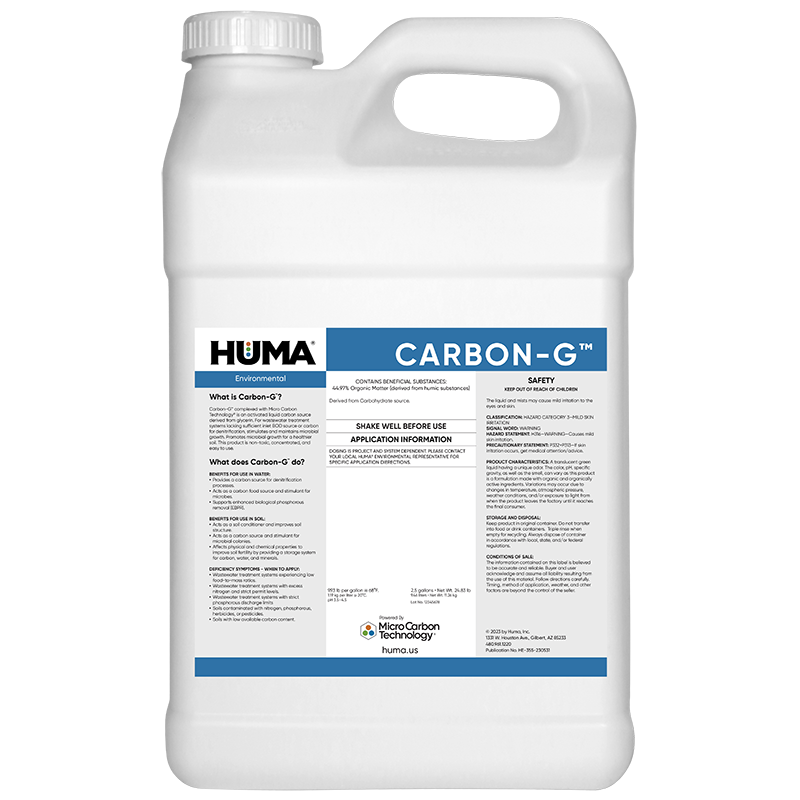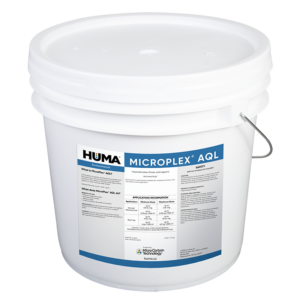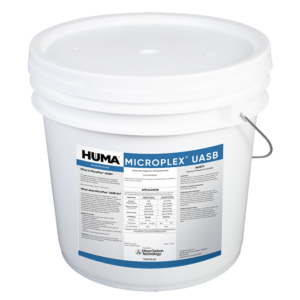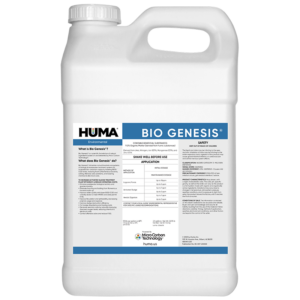Carbon-G™
Benefits of Use:
- Provides a carbon source for denitrification processes
- Effective carbon food source (COD/BOD) for systems with high inflow and infiltration (I&I) issues
- Supports enhanced biological phosphorous removal (EBPR)
- Effectively replaces toxic or hazardous carbon sources
- Most rapid microbial acclimation on the market
- Most consistent carbon concentrations on the market
- Lowest carbon degradation on the market
FAQs
Related Products
Related Case Studies

Bio Energizer® Toxicity Testing
Abstract Bio Energizer® is frequently used to facilitate bioremediation of wastewater. A study was conducted by an independent laboratory to measure possible negative effects Bio Energizer® might have on a freshwater test species (rainbow trout). Using EPA-approved methodology to evaluate Bio Energizer®, the lab administered the product at 10 ppm to a test tank and

Bio Genesis® Reduces Foam and Increases Stability at Arizona Municipal Wastewater Treatment Facility
Problem A municipal wastewater treatment facility in Arizona uses an activated sludge system with 4 oxidation ditches to treat approximately 9 million gallons per day. The system frequently experiences intermittent foaming and settling issues. The operator was looking for a solution to the foaming and settling issues that would also provide operational stability throughout the

Bio Energizer® Reduces Sludge at Small N.M. Municipal Facility
Problem A small town in New Mexico (pop. 1,300) had a municipal wastewater system with a flow rate of 50,000 gallons per day. The system included a series of three lagoons that tapered to a depth of 13 feet. Pond 1 had an average sludge depth of 1.9 feet, Pond 2 averaged 3.5 feet, and
Related Blog Posts

Pulp and Paper Wastewater Solutions
Experience the world’s most efficient wastewater remediation products, for operational stability of pulp and paper wastewater treatment facilities.

BHN Remains Open for Business
At this time, though we have reduced all nonessential staff travel/interaction and are not accepting visitors, Bio Huma Netics remains open for business and is processing all orders. In anticipation of the possibility that we may have to suspend production at some future time to protect the health of our staff, we encourage our customers

Does Eutrophication cause Algae Blooms?
Eutrophication is the structural change of water ecosystems that is caused by excess nutrients. Eutrophication results in algal blooms and poor water quality. By Jael Batty In this article, we discuss what causes eutrophication, how it affects the environment, and how it is treated.






